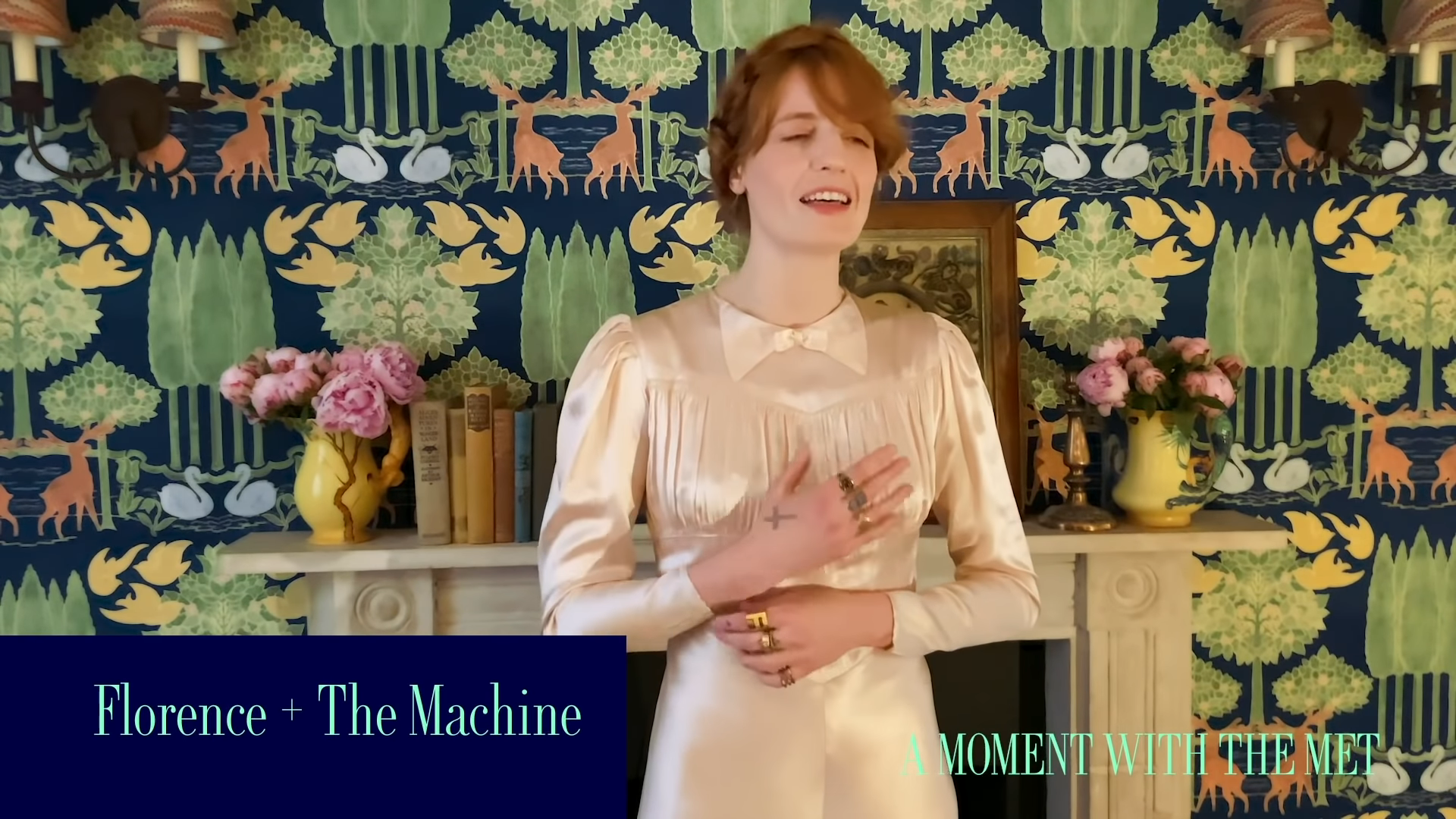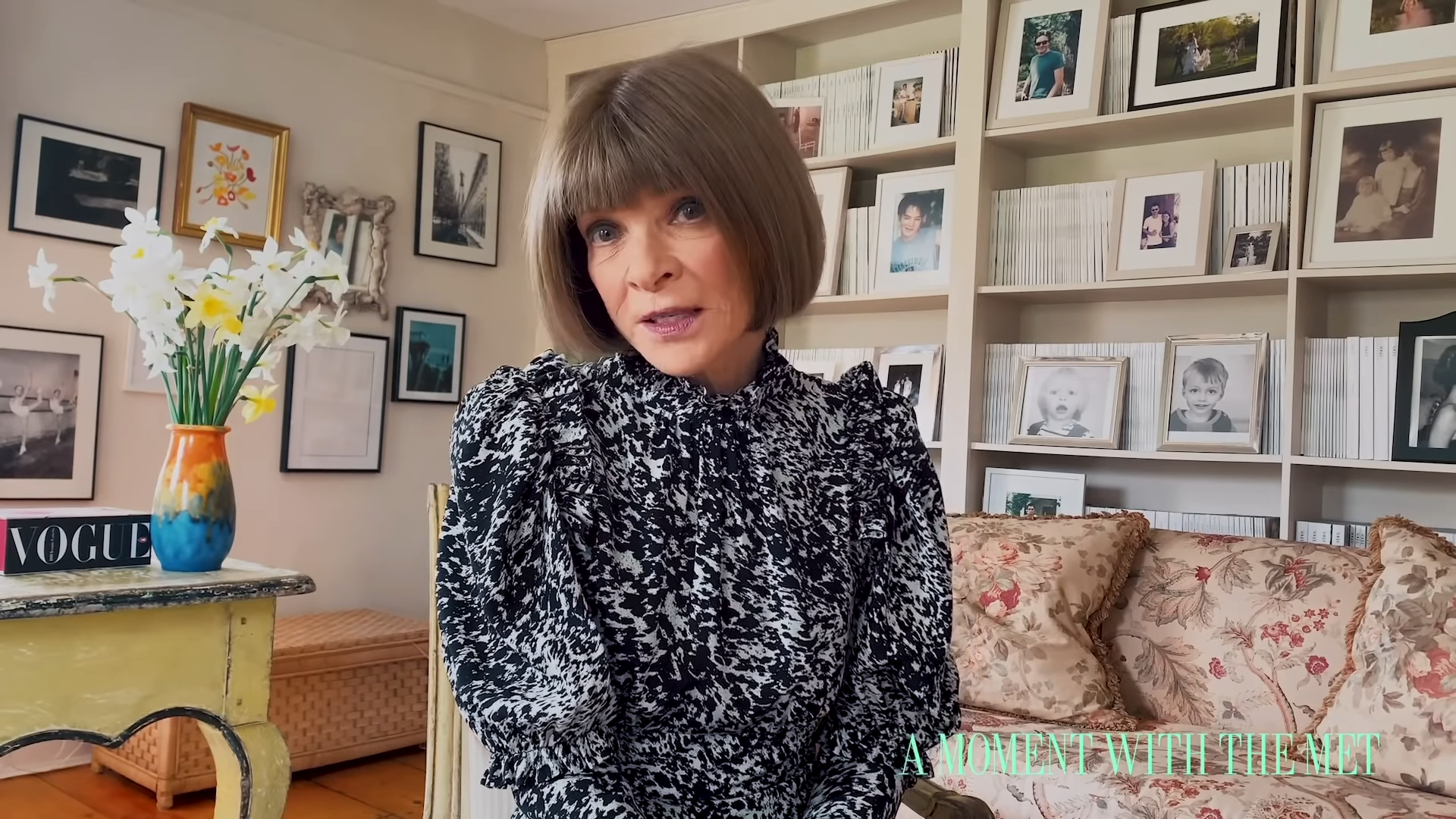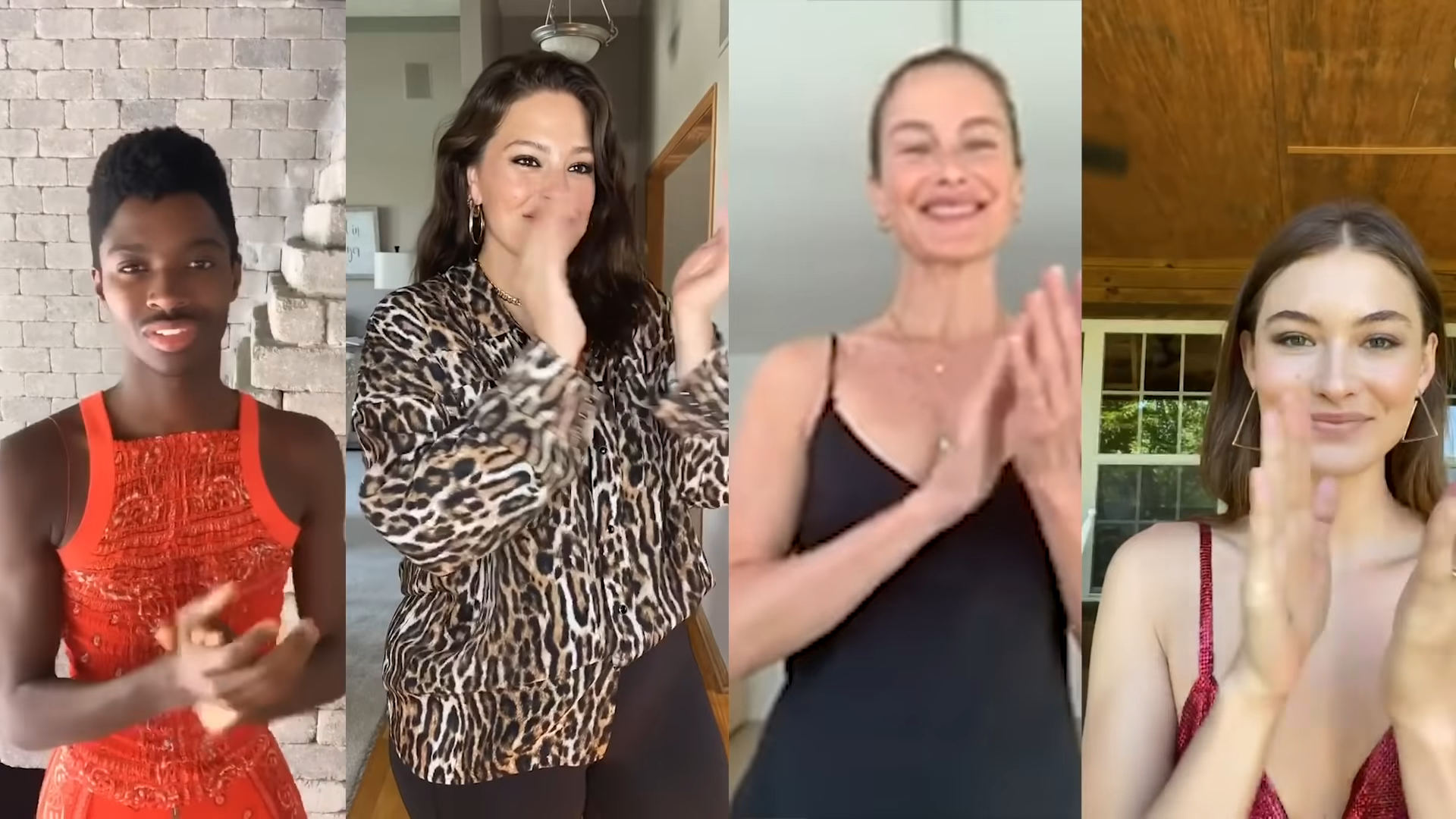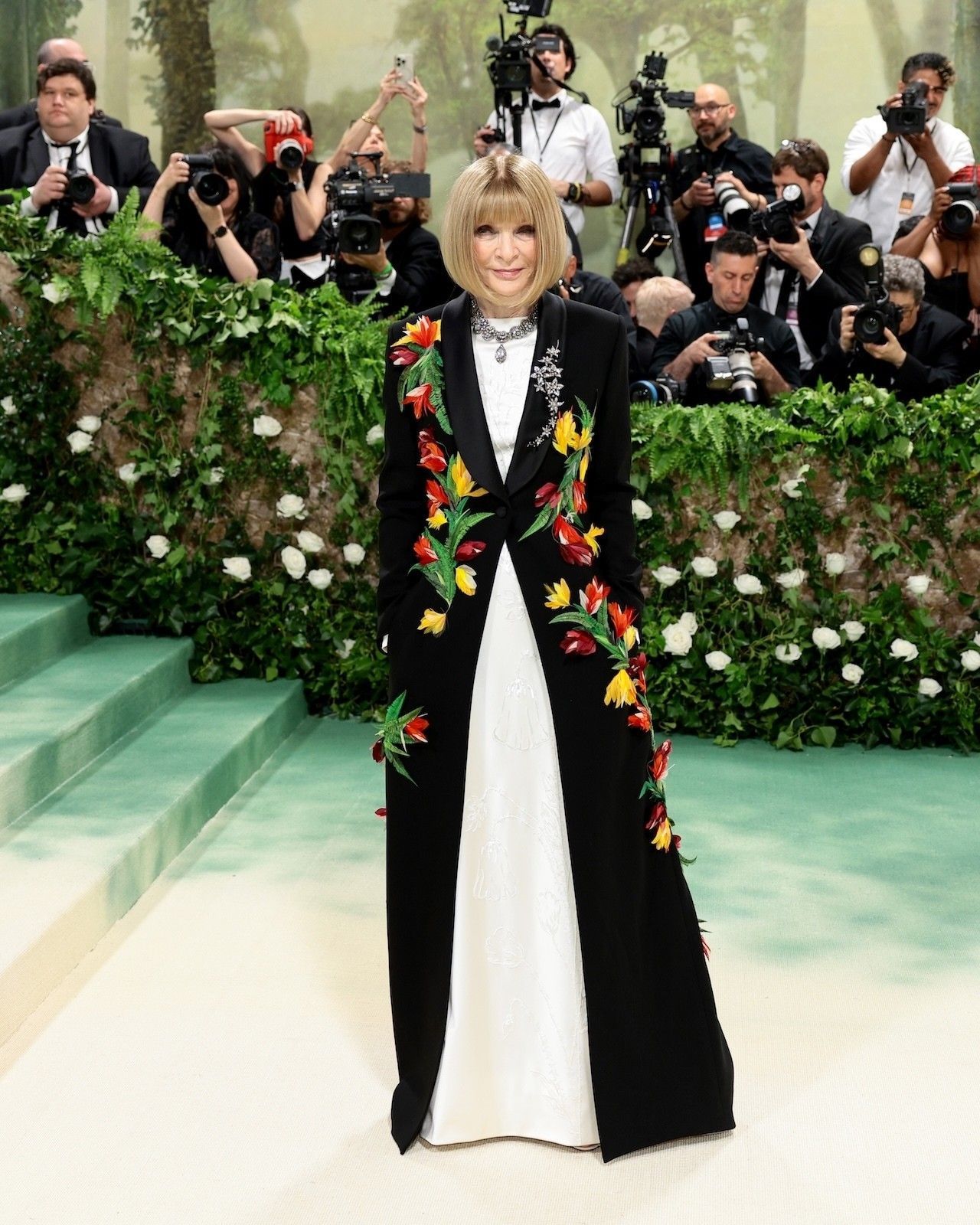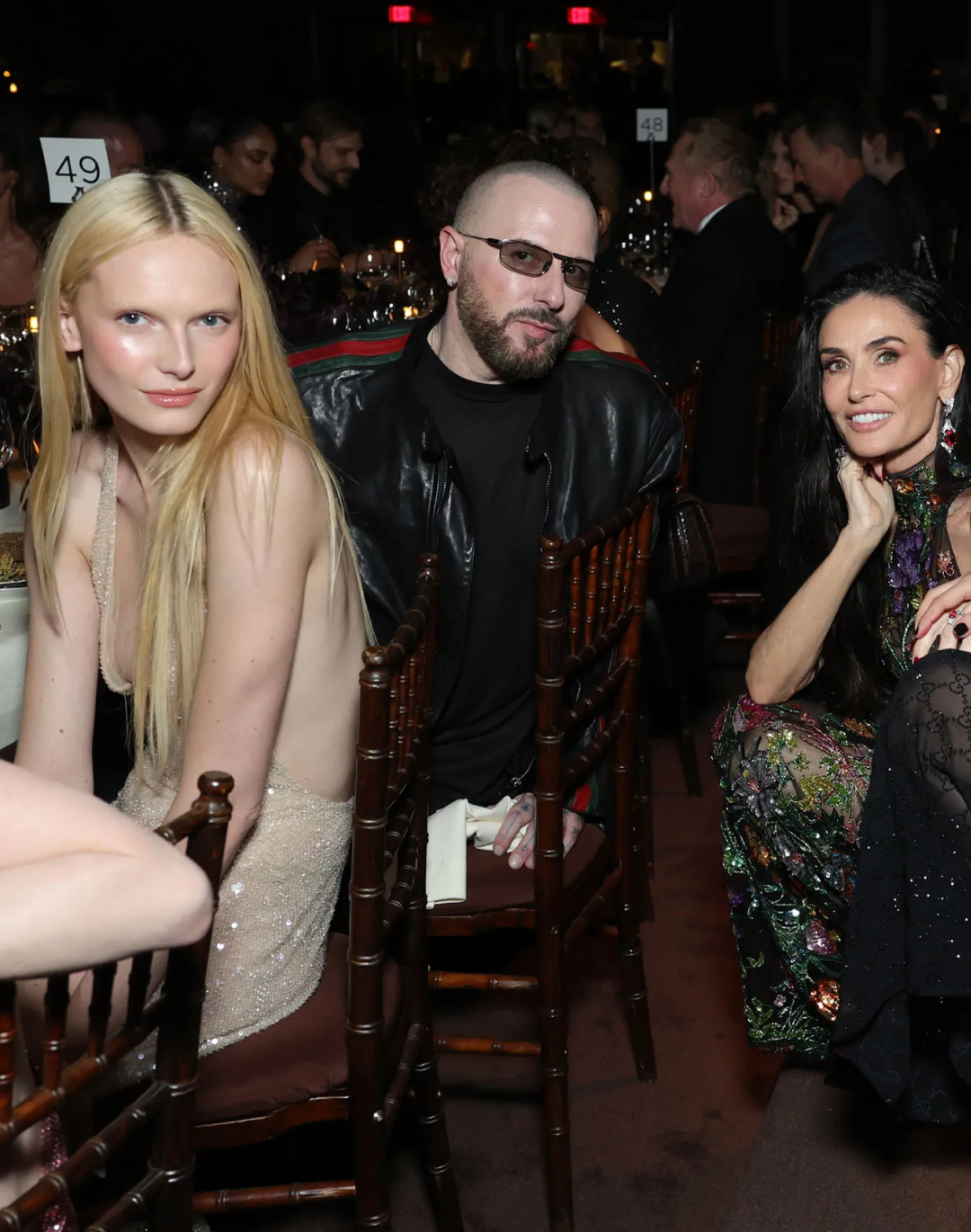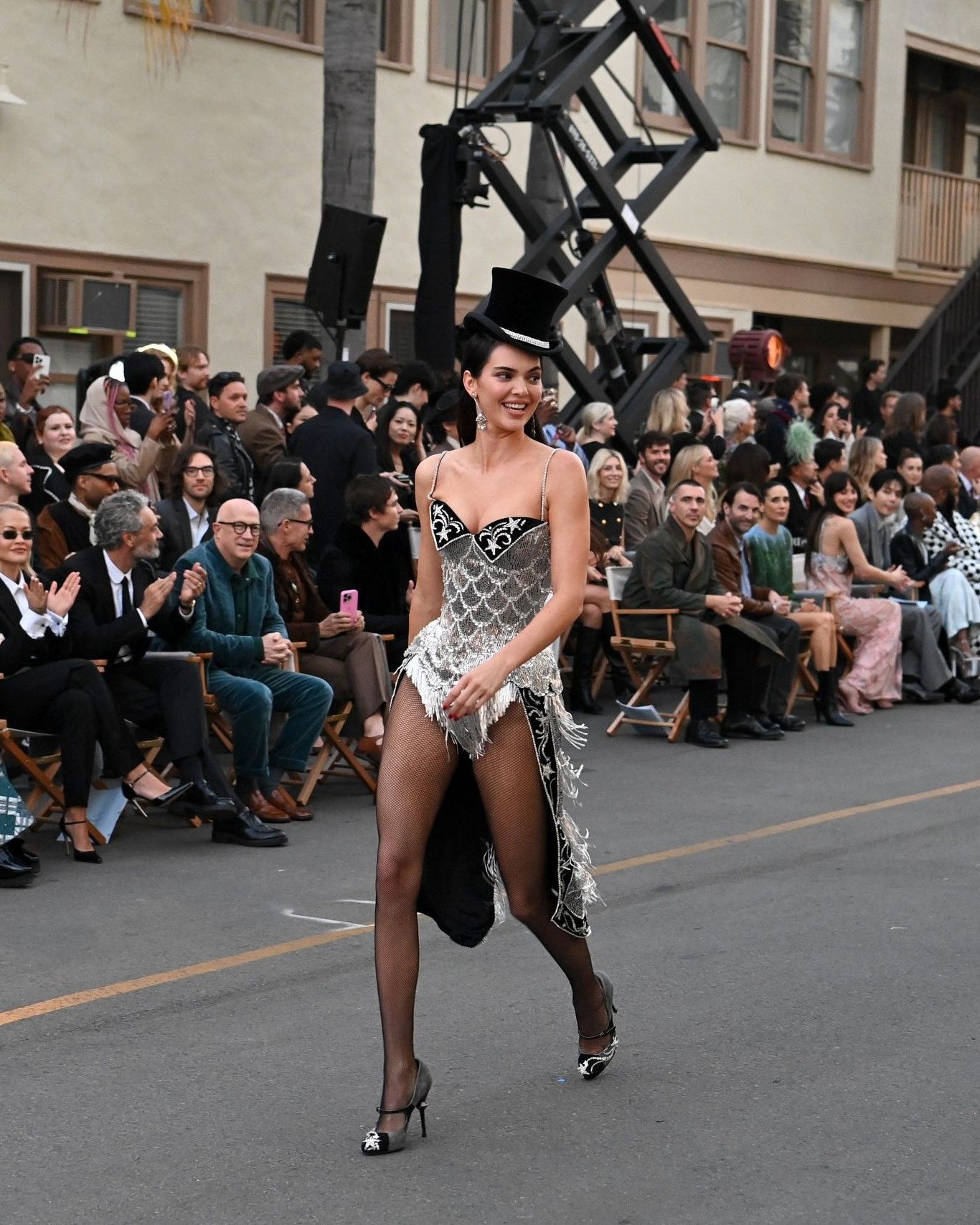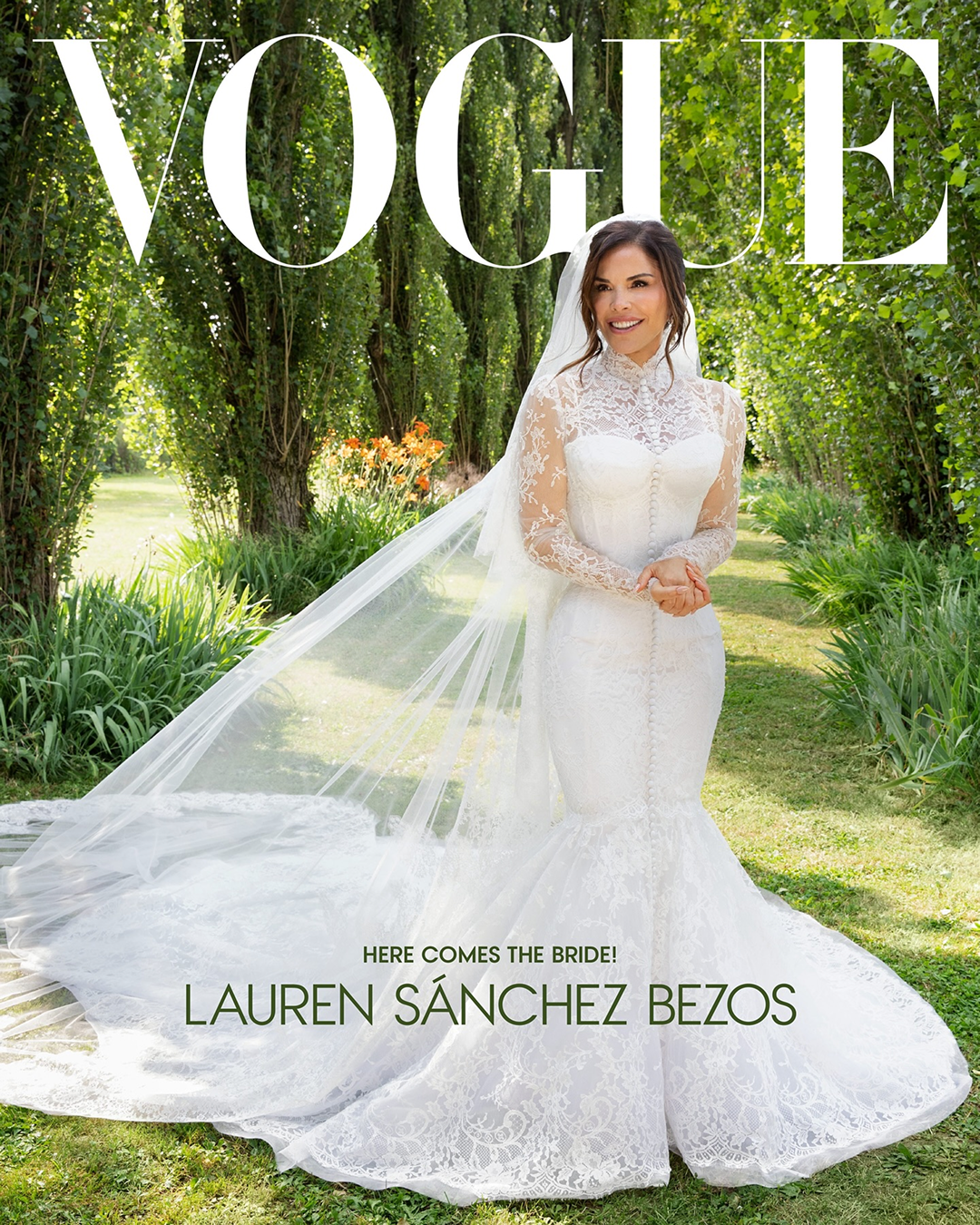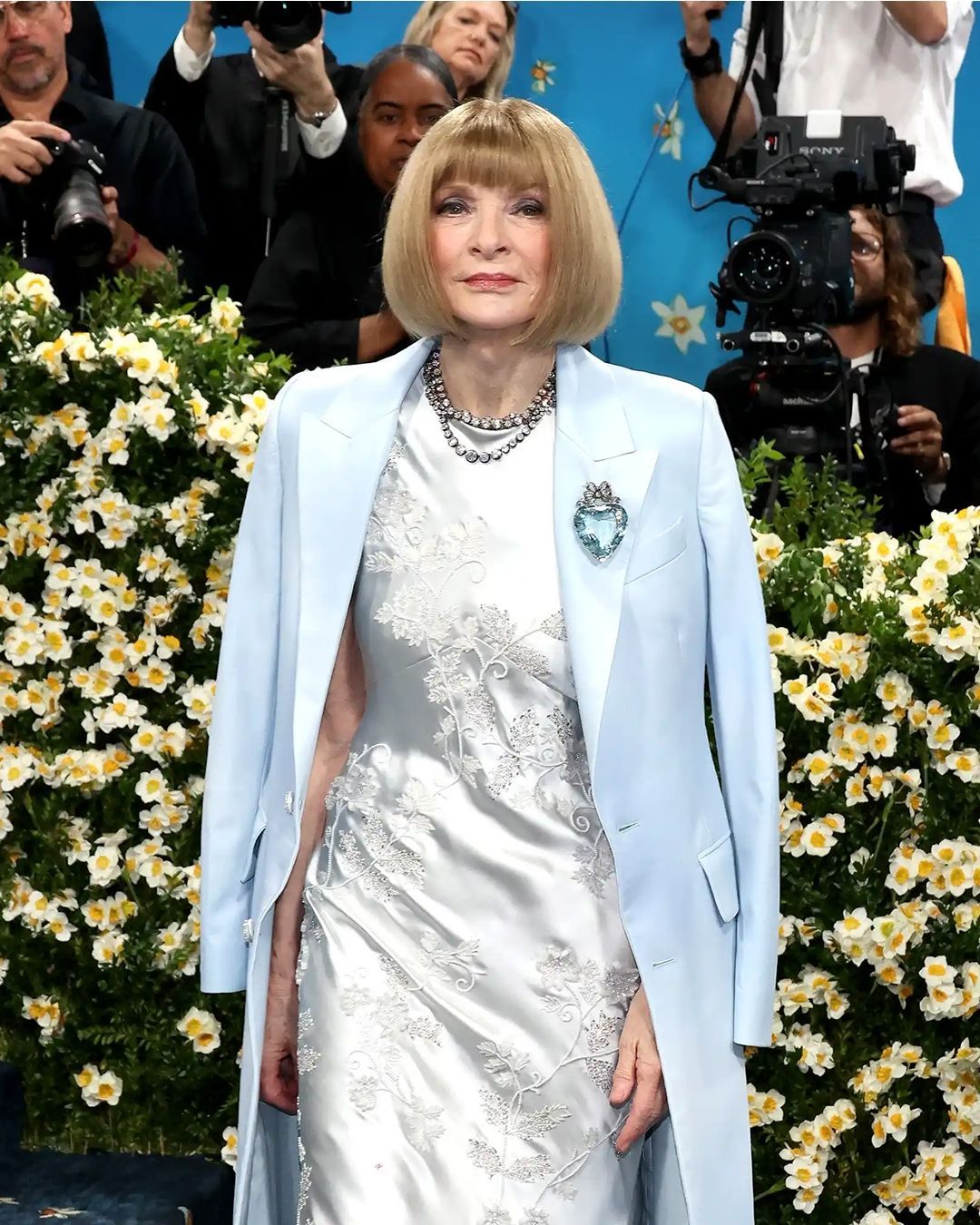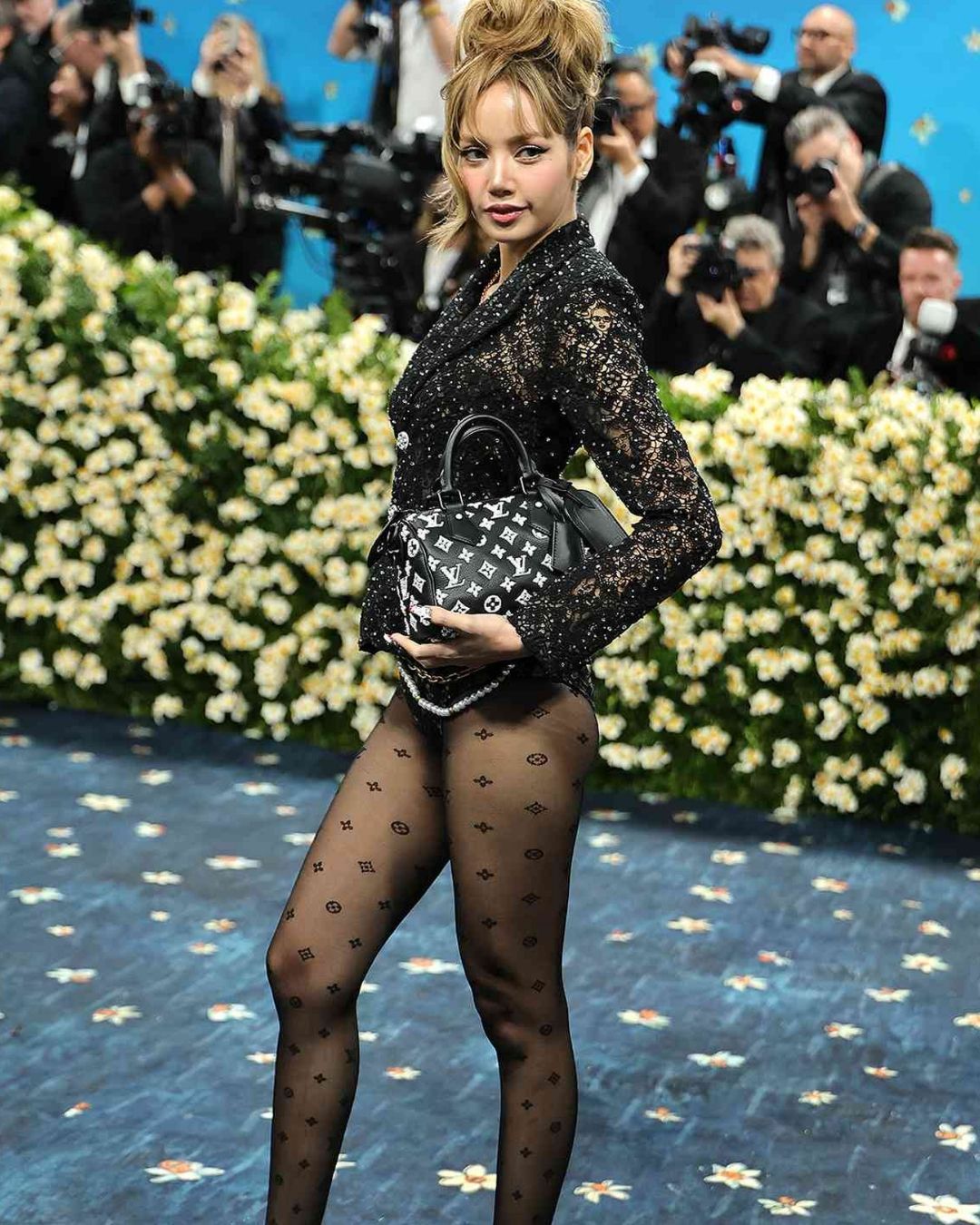
Can digital events really replace physical events? By changing the medium, the approach must also change
Since the Covid-19 threat has disrupted its calendar, fashion has retreated into the digital space, where in recent weeks it is trying to adapt with a series of initiatives that would continue to perpetuate previous traditions by placing them in the context of a new medium. Recently, Carine Roitfeld's digital fashion show was intended to present itself as an example of a digital surrogate at the real fashion show while Anna Wintour organized the livestream A Moment with the Met to celebrate the (this year missed) anniversary of the Met Gala. The two events were profoundly different: the first had the edge of the show-event, with the involvement of leading industry figures such as models and designers; the second combined musical and documentary performances. Both initiatives, however well organized, have emphasized how replacing physical events is not an easy thing making clear that, in terms of the digital revolution, fashion will have to rethink the approach of many traditional formats.
A hallmark of all these events has been the capture of the great fashion personalities within their homes. This change of perspective does not have too much impact on cultural, documentary or musical content – which rather becomes more democratic and accessible to all. The series of videos and livestreams published by Vogue to celebrate the Monday of the Met Gala has nothing different from any documentary or television program. There is a greater change, however, when digital tries to supplant the fashio show: it is one thing to see Anna Wintour in her studio tell the story of the Met Gala, another is to see models and models in the kitchen of their own home walking on an imaginary catwalk - a show that makes you understand how much the fascination of fashion is related to its escapism, its ability to create experiences. As Vaness Friedman wrote on The New York Times:
“And the result was … charming. But ultimately it was less about the pleasure and potential of clothes than about the pleasure of voyeuristic glimpses of famous people in their homes. […] The fashion show form has lasted for decades precisely because it works so well — in real life. […] There’s an opportunity now to provide a different solution. What it demands though is not just recreating events, but rethinking them entirely”.
Models and dresses work well in fashion shows but, separated from their context, removed from the whole and isolated in their homes return to being everyday individuals, more attractive than average, but not worthy of more attention than we give to anyone else in our Instagram feed. Many industry insiders, Armani in the first place, have pointed to the fashion shows as useless dissipations of money and energy and are right, to the extent that the show of the show exceeds the quality of clothes on the catwalk. But the show is also a ritual whose merit is to make tangible and repeatable a type of aesthetic experience that is not limited to the purchase of clothes, but concerns the cultural and creative value of fashion. The movement from physical approach to digital approach, therefore, should cause a format shift that leaves the physical world the traditional fashion show and finds innovative and effective ways to celebrate that cultural and creative value through a new medium.










































